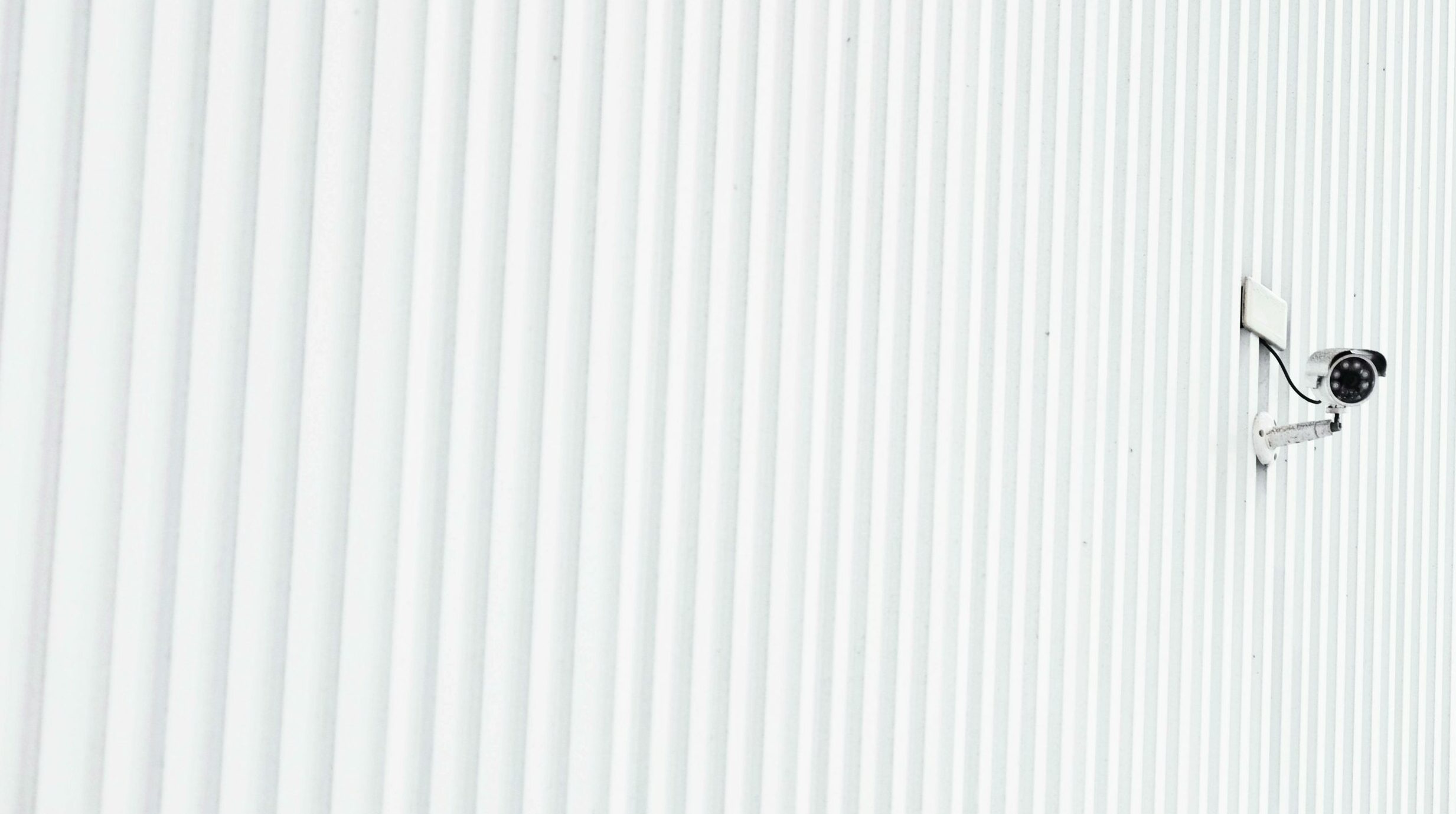History is filled with tales and the fascination of humans dreaming about flying like birds has led to the evolution of aviation. From the advanced flying machines used by the military to the small drones used for recreational purposes, the evolution of aviation has fundamentally impacted human society.
The use of drones for a wide range of applications is increasing rapidly, making the UAV operating system a critical component of the drone industry.
What is UAV?
Unmanned aerial vehicles (UAVs), also known as drones, are remotely controlled by a human operator on the ground or can operate autonomously through pre-programmed instructions or artificial intelligence.
UAVs come in various sizes, shapes, and configurations, ranging from small handheld models to large, sophisticated aircraft. They typically consist of an airframe, propulsion system, sensors, communication equipment, and a control system.
They can also be used for a wide range of applications and continue to expand as technology advances, making them valuable tools across various industries. However, it’s important to adhere to local regulations and guidelines governing UAV operations to ensure safe and responsible use.
Types of UAV Operating Systems and Uses
UAVs are becoming an essential part of various industries, including agriculture, surveying, disaster response, and security. There are various types of UAVs available, each with its unique set of features and capabilities.
Fixed-Wing
Fixed-wing UAVs have a rigid wing structure and use an aerodynamic lift to sustain flight, known for their long flight endurance, high speed, and ability to cover large areas. They are commonly used for mapping, surveillance, reconnaissance, and cargo delivery.
Helicopter
Helicopter UAVs, also known as rotorcraft UAVs, have a single main rotor and a tail rotor for stabilization and control. They are often used in military operations, search and rescue missions, and surveillance tasks that require vertical takeoff and landing capabilities and precise maneuverability.
Multirotor
Multirotor UAVs, such as quadcopters and hexacopters, have multiple rotor blades that generate lift and control the vehicle’s movement. They are popular for aerial photography, videography, inspection, and recreational use.
Fixed-Wing Vertical Takeoff and Landing (VTOL)
VTOL UAVs combine the features of fixed-wing and multirotor UAVs and offer the ability to operate in confined spaces, hover in place, and cover long distances efficiently. They are commonly used in applications such as aerial mapping, inspection, and surveying.
UAV Operating System and Its Components
UAV operating system refers to the software and hardware components that enable its operation and controls. It encompasses the various components and technologies required to control the UAV’s flight, collect and process data, and execute specific tasks.
The UAV operating system typically consists of the following components:
1. Flight Controller
The flight controller is the central processing unit of the UAV. It is responsible for managing the flight dynamics, controlling the motors and actuators, autopilot functions, and stabilizing the aircraft. The flight controller receives input from various sensors, such as accelerometers, gyroscopes, and GPS, and executes control algorithms to maintain stable flight. It ensures the UAV maintains stability and responds to pilot or autonomous commands.
2. Autopilot Software
Autopilot software forms the core of the UAV operating system. It provides the necessary algorithms and control logic to automate flight operations. This software enables functionalities such as autonomous navigation, waypoint tracking, mission planning, payload control, setting flight paths, establishing geofences, and programming specific actions to be performed by the UAV. It ensures that the UAV operates safely and efficiently while performing its designated tasks.
3. Ground Control Station (GCS)
The GCS is the user interface for interacting with the UAV operating system. It typically consists of software running on a computer or mobile device. The GCS allows the operator to monitor the UAV’s flight status, receive telemetry data, set mission parameters, and control the UAV remotely. It provides a real-time interface to visualize through cameras, sensors, or other specialized equipment, control the UAV’s operations, adjust settings, and capture data.
4. Communication Systems
UAV operating systems rely on communication systems to establish a connection between the UAV and the ground control station. This can include various wireless communication protocols, such as Wi-Fi, radio frequency, or cellular networks. The communication systems enable the transfer of command and control signals, telemetry data transmission, video streaming feeds between the UAV and the operator, and other communication needs during the flight.
5. Sensor Integration
Supporting the integration of various sensors to enhance the capabilities of the UAV, its operating system has sensors, including cameras, LiDAR (Light Detection and Ranging) sensors, thermal imaging devices, and other specialized sensors depending on the intended application of the UAV. The operating system manages the data acquisition and integration of sensor data for real-time processing and decision-making.
6. Data Processing and Analysis
Unmanned aerial vehicles commonly gather substantial amounts of data during flights, encompassing aerial images, sensor reading measurements, and other sensor-based data. The UAV operating system typically incorporates various tools and interfaces to process and analyse this data. These tools may involve tasks like image stitching, georeferencing, data visualization, or employing specific algorithms for data analysis purposes.
7. Safety and Fail-Safe Mechanisms
Operating systems designed for UAVs are equipped with a range of safety features and fail-safe mechanisms to guarantee secure operations. These include emergency landing protocols, return-to-home functionalities, advanced collision avoidance systems, and meticulous battery monitoring capabilities. By integrating these safeguards, the operating systems aim to mitigate potential risks and prevent critical failures, thus ensuring the utmost safety during UAV flights.
Challenges of UAV Operating Systems
One of the biggest challenges in UAV systems is security. UAVs are susceptible to a range of security threats and vulnerabilities, which can compromise their safety and usability. These include data breaches, unauthorized access to data, interference with communication, and the hijacking of drones. Cybercriminals may also use drones for illegal purposes such as delivering drugs or weapons.
To overcome this challenge, it is crucial to have modern security measures in place to ensure the safe and secure operation of UAVs. Addressing the security challenges associated with UAVs will ensure their widespread acceptance, increase their operational capabilities, and improve their safety and security.
Asset Resources Group can provide a secured and well-protected UAV operation. We offer the following UAV services for asset & resources volume inspections, ground, disaster, & vulnerability surveying, area mapping, fire detection, search and rescue operations, forensic analysis, and powerline and telecommunication inspection.
Contact us today to see how we can help with your security requirements.



